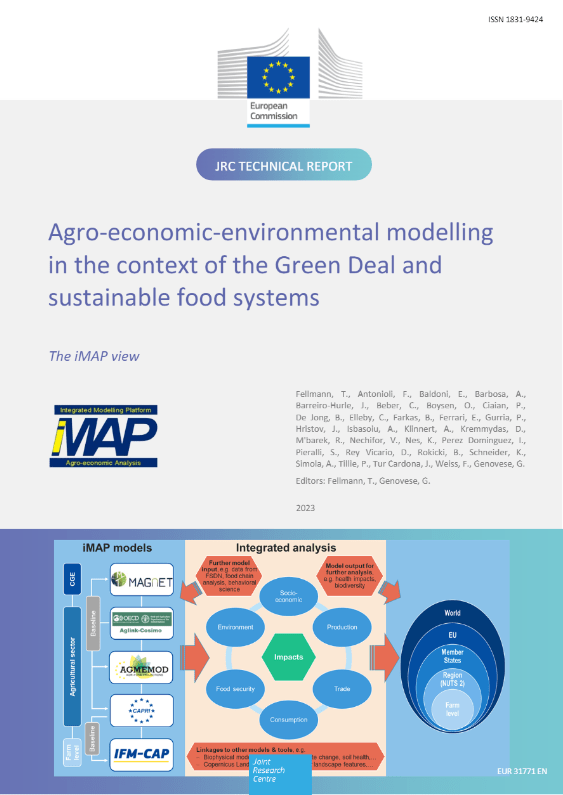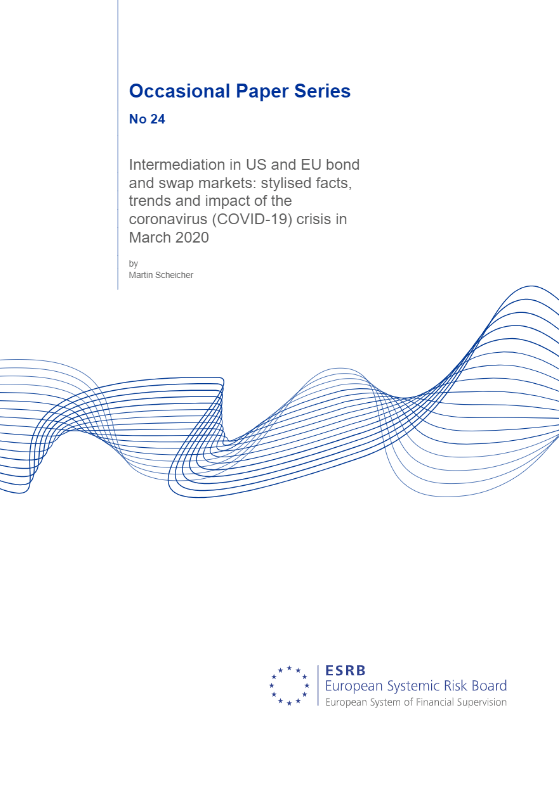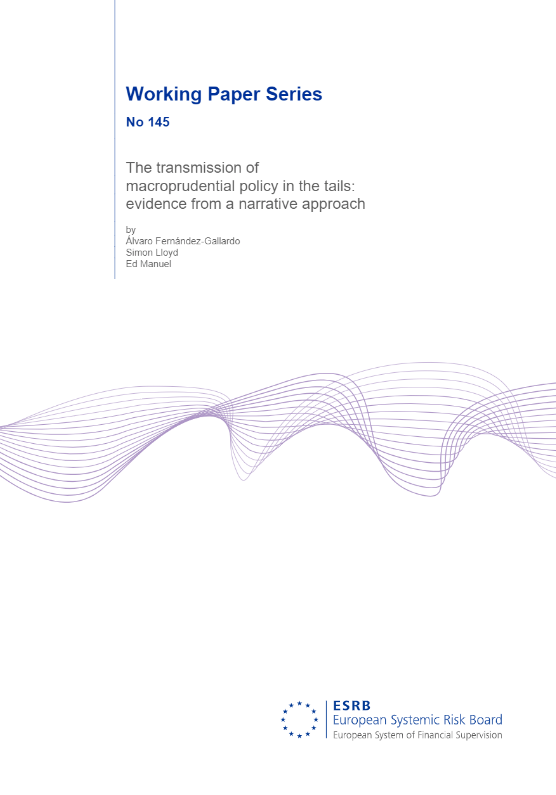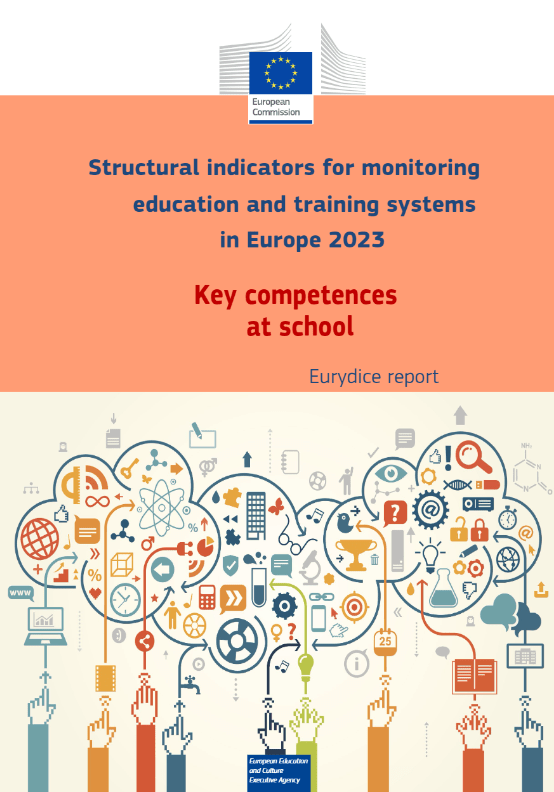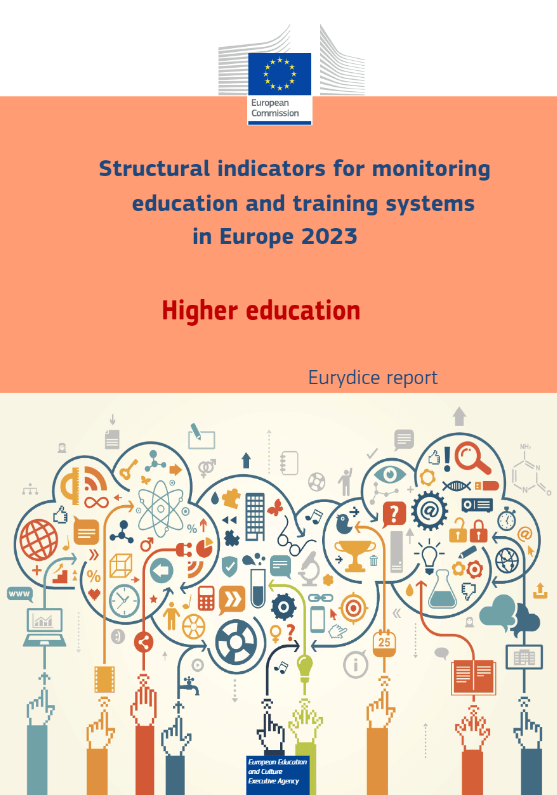
CDE Almería - Centro de Documentación Europea - Universidad de Almería
Centro de Documentación Europea de la Universidad de Almería
Mercado en la Unión Europea
Documentación comunitaria en las áreas de Asuntos Económicos y Financieros, Banca, Brexit, Comercio, Competencia, Competitividad y Pymes, Consumidores, Mercado Interior, Mercado Único Digital, Mercado Común, Trabajo y Empleo. Contiene también las últimas noticias, mediateca y boletines relacionados con la materia.
Estás aquí: Fondo Digital CDE > Mercado en la UE

En los últimos años, hemos visto la rapidez con la que la desinformación o la información falsa se propaga por Internet. Este nuevo conjunto de herramientas actualizado sobre la desinformación permitirá a los profesores de secundaria enseñar a sus alumnos capacidades esenciales para navegar por internet. Con ejemplos de la vida real y ejercicios en grupo, promueve el pensamiento crítico. Trata temas como la salud pública y la democracia, y estimula el diálogo sobre el descubrimiento de la verdad.
[Leer Más]La Plataforma de Modelización Integrada para el Análisis Agroeconómico de Productos Básicos y Políticas (iMAP) presta apoyo político interno a la Comisión Europea mediante la evaluación de una amplia gama de políticas y temas relacionados con los sistemas alimentarios sostenibles (SFS). El iMAP, que cuenta con un importante apoyo de la DG AGRI, se desarrolla constantemente para responder a las cambiantes necesidades políticas.
[Leer Más]La negociación de bonos y swaps depende en gran medida de los intermediarios bancarios como principales creadores de mercado. Los intermediarios proporcionan liquidez y negocian los instrumentos con empresas más pequeñas o menos activas, en parte utilizando sus propios balances para mantener existencias o con fines de cobertura. Las reformas llevadas a cabo tras la crisis financiera mundial (CFG) y el entorno de bajos tipos de interés han modificado ampliamente los mecanismos y costes de la negociación de instrumentos de renta fija. Este documento se propone analizar la estructura de la negociación en los principales mercados extrabursátiles (OTC) de renta fija.
[Leer Más]Estimamos los efectos causales de las políticas macroprudenciales en toda la distribución del crecimiento del PIB para las economías europeas avanzadas utilizando una estrategia de identificación narrativa en un marco de regresión cuantílica.
[Leer Más]Este informe presenta los resultados de la recogida de datos de 2023 sobre los indicadores estructurales para el seguimiento de los sistemas de educación y formación en el ámbito de las competencias clave.
[Leer Más]Este informe presenta los resultados de la recogida de datos de 2023 sobre los indicadores estructurales para el seguimiento de los sistemas de educación y formación en el ámbito de la enseñanza superior en instituciones de enseñanza superior públicas y privadas subvencionadas con fondos públicos.
[Leer Más]- 1
- 2
- 3
- …
- 2.961
- Siguiente »
Boletines CDE
- BOLETÍN INFORMATIVO MERCADO EN LA UNIÓN EUROPEA (Nº10)
- BOLETÍN INFORMATIVO MERCADO EN LA UNIÓN EUROPEA (Nº9)
- BOLETÍN INFORMATIVO MERCADO EN LA UNIÓN EUROPEA (Nº8)
- BOLETÍN INFORMATIVO MERCADO EN LA UNIÓN EUROPEA (Nº7)
- BOLETÍN INFORMATIVO MERCADO EN LA UNIÓN EUROPEA (Nº6)
- BOLETÍN INFORMATIVO MERCADO EN LA UNIÓN EUROPEA (Nº5)
- BOLETÍN INFORMATIVO MERCADO EN LA UNIÓN EUROPEA (Nº4)
- BOLETÍN INFORMATIVO MERCADO EN LA UNIÓN EUROPEA (Nº3)
- BOLETÍN INFORMATIVO MERCADO EN LA UNIÓN EUROPEA (Nº2)
- BOLETÍN INFORMATIVO MERCADO EN LA UNIÓN EUROPEA (Nº 1)

